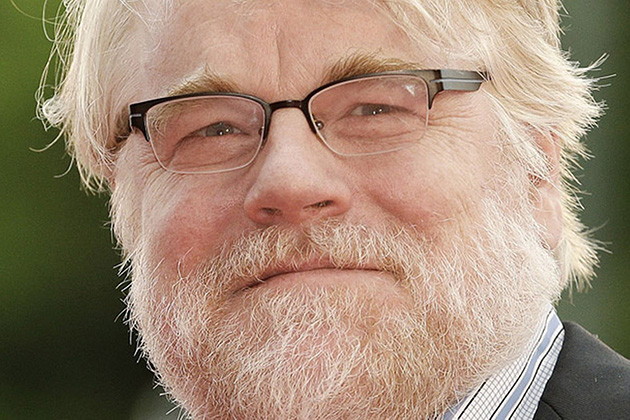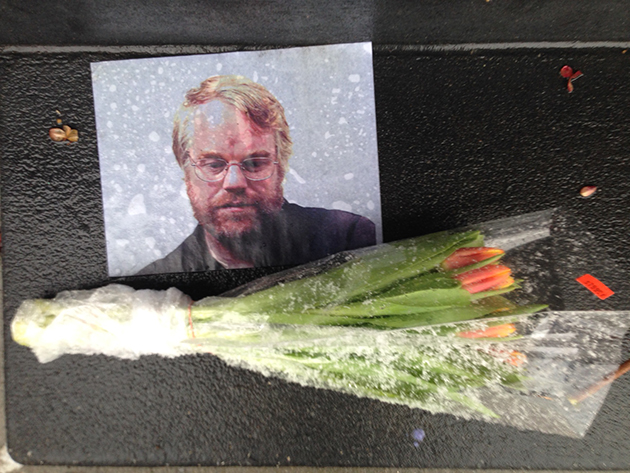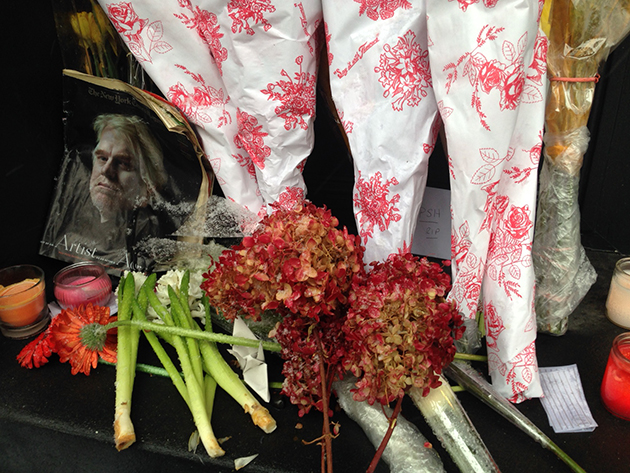Philip Seymour Hoffman once said, “I’m probably more personal when I’m acting than at any other time. More open, more direct. Because it allows me to be something that I can’t always feel comfortable with when I’m living my own life, you know? Because it’s make-believe.” When he died in Greenwich Village on Sunday, from an apparent heroin overdose, those of us who knew him solely through the characters he portrayed on stage and in film couldn’t have been more shocked. It seemed to defy logic that an artist of such magnitude could be taken away so senselessly, especially when his career was going so well.
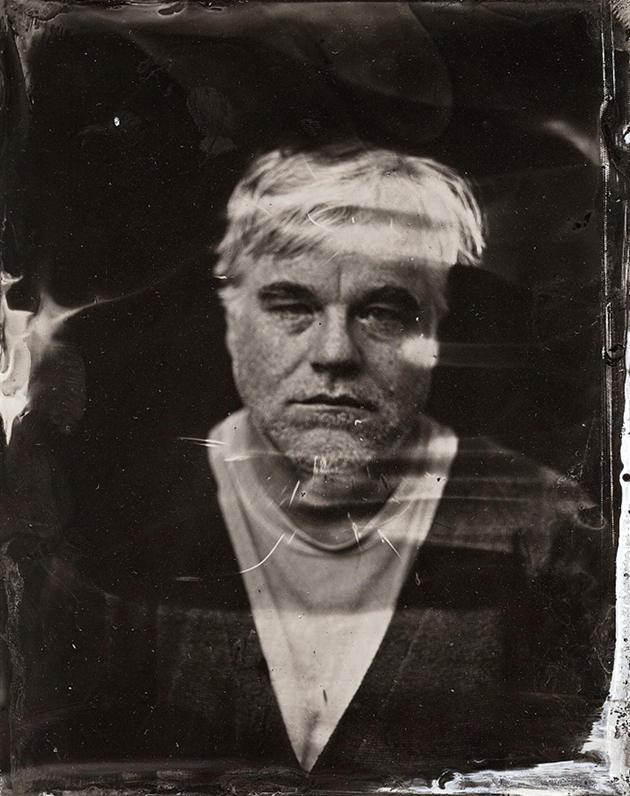
No actor in his generation shared his sense of depth and willingness to dive into the psyche of slimy and oft-detestable characters. He could disappear into any role, big or small. In Boogie Nights, a film about low-budget porn in the 70s, he portrayed a member of the film crew who was closeted and highly insecure. In Magnolia, he played a sympathetic nurse tending to a cancer-stricken TV producer. As Lancaster Dodd, in The Master, he was a feverish cult leader teetering on the edge of insanity. He took home the Academy Award for Best Actor in 2006, for his intimate portrayal of Truman Capote in Capote. Even in blockbuster films like Mission Impossible: III and as Plutarch Heavensbee in the recent Hunger Games: Catching Fire, it was fun to see an actor of his strength take flimsy characters to the next level. He was also active in the theatre, appearing as Willy Loman in Death of A Salesman in 2012 and opposite John C. Reilly in Sam Shepard‘s True West in 2000. It’ll be difficult to watch movies or go to a play from now on and see the poor actor in a role that Philip Seymour Hoffman would have killed.
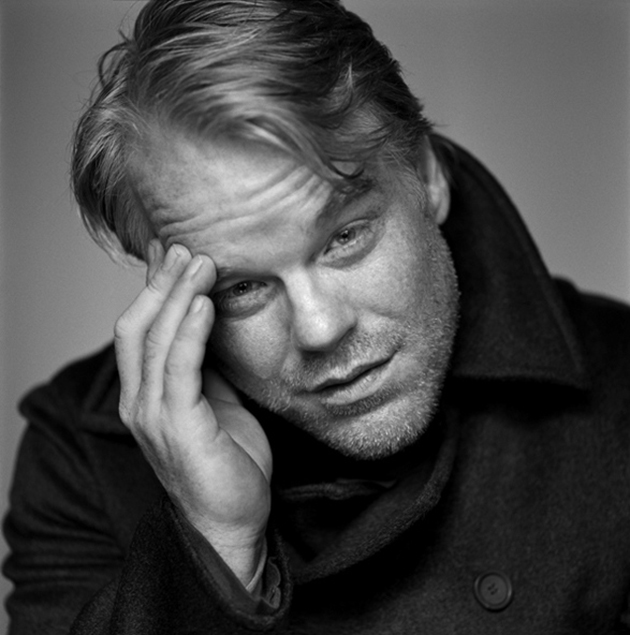
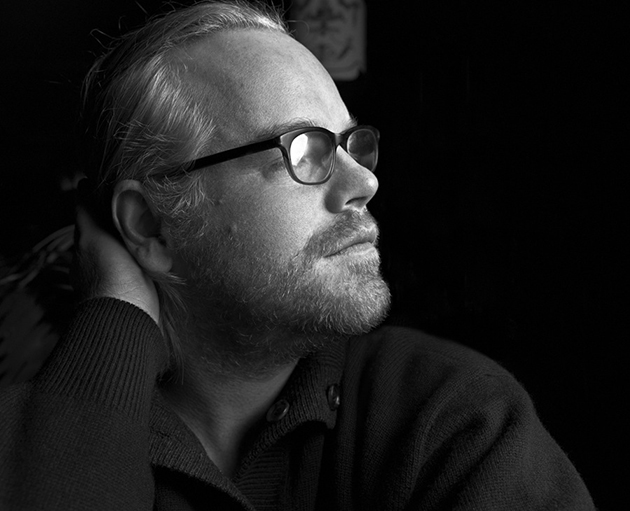
It’s a testament to his impact as an actor that the public could be led to believe they actually knew who Philip Seymour Hoffman was. As The Times critic A.O. Scott put it, we didn’t lose a very good actor, we lost the best one we had. He struggled with addiction for most of his life, though was able to stay sober for the majority of his career, from age 22 until about a year ago. During that time, his sheer determination and talent and love for art allowed him to transcend his personal demons, and he leaves in his wake a monumental body of work as a testament to that struggle.
